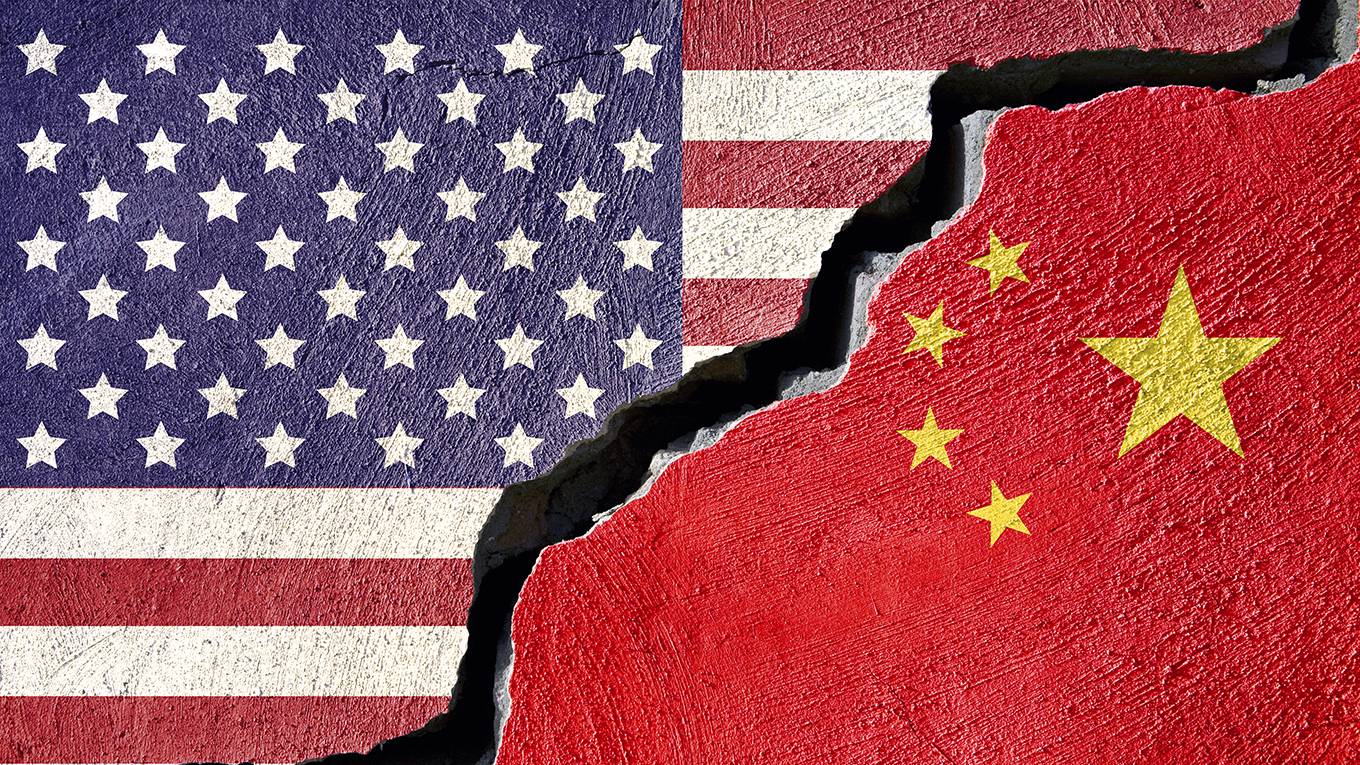DARON ACEMOGLU

BOSTON – The Chinese government’s crackdown on Alibaba last year, and on the ride-hailing company Didi this month, has generated fevered speculation about the future of that country’s tech industry. Some view the recent Chinese regulatory interventions as part of a justifiable trend paralleling US authorities’ own intensifying scrutiny of Big Tech. Others see it as a play for control of data that might otherwise be exploited by Western countries. And still others, more plausibly, see it as a shot across the bow to remind big Chinese companies that the Communist Party of China is still in charge.
But, most consequentially, the Chinese government’s actions are part of a broader effort to decouple China from the United States – a development that could have grave global implications. Despite steady deterioration in Sino-American economic and strategic relations, few thought the rivalry would turn into a Cold War-style geopolitical confrontation. For a time, the US was overly dependent on China, and the two economies were too closely intertwined. Now, we may be heading toward a fundamentally different equilibrium.
Three interrelated dynamics defined the Cold War. The first, and perhaps most important, was ideological rivalry. The US-led West and the Soviet Union had different visions of how the world should be organized, and each tried to propagate its vision, sometimes by nefarious means. There was also a military dimension, illustrated most vividly by a nuclear-arms race. And both blocs were eager to secure the lead in scientific, technological, and economic progress, because they recognized that this was critical to prevailing ideologically and militarily.
While the Soviets eventually proved less successful than the US in driving economic growth, they did chalk up early technological-military victories. The successful launch of the Sputnik satellite served as a wake-up call for the US.
The stark rivalries of the Cold War were possible largely because the US and the Soviet Union were decoupled. US investments and technological breakthroughs did not automatically flow to the Soviets (except, sometimes, through espionage) in the way that they have with China in recent decades.
But now, Sino-American hostilities, exacerbated by Donald Trump’s incoherent diplomacy, have created modern analogs of the Cold War rivalries. The ideological rift, which was not even on the horizon 20 years ago, is now well defined, with the West extolling the virtues of democracy (warts and all) while China confidently pushes its authoritarian model around the world, especially in Asia and Africa.
At the same time, China has opened new military fronts, not least in the South China Sea and the Taiwan Strait. And, of course, the economic and technological rivalry has been escalating over the past decade, with both sides concluding that they are in an existential race to achieve dominance in artificial intelligence. Although this focus on AI may be misguided, there is little doubt that mastery of digital technologies, bioscience, advanced electronics, and semiconductors is of paramount importance.
Some observers have welcomed the new rivalry, believing that it will give the West a well-defined common purpose. The “Sputnik moment,” after all, motivated the US government to invest in infrastructure, education, and new technologies. A similar mission for public policy today might yield many benefits; indeed, the Biden administration has already begun to frame US investment priorities in terms of the Sino-American rivalry.
It is true that many of the West’s Cold War-era success stories depended on the Soviet Union serving as a foil. Western Europe’s model of social democracy was viewed as a palatable alternative to Soviet-style authoritarian socialism. Similarly, market-driven growth in South Korea and Taiwan owes much to the threat of communism, which forced autocratic governments to eschew overt repression, undertake land reforms, and invest in education.
And yet, the potential benefits of a new Sputnik moment are probably far outweighed by the costs of decoupling. In today’s interdependent world, global cooperation is fundamental. The rivalry with China, though essential to the defense of democracy around the world, is not the West’s sole priority. Climate change also poses a civilizational threat, and it will require close China-US collaboration.
Moreover, commentators nowadays tend to downplay the Cold War’s tremendous costs. If the West now lacks credibility when advocating human rights and democracy – including in Hong Kong and China – that is not only because of a generation of disastrous military interventions in the Middle East. During the years when the US thought that it was locked in an existential conflict with the Soviets, it toppled democratically elected governments in Iran (1953) and Guatemala (1954), and supported vicious dictators like Joseph Mobutu in the Democratic Republic of the Congo and Augusto Pinochet in Chile.
It is an equally grave mistake to think that the Cold War fostered international stability. On the contrary, the nuclear arms race and brinkmanship on both sides prepared the ground for war. The Cuban Missile Crisis was hardly the only time that the US and the Soviets came close to open conflict (and “mutually assured destruction”). There were also close calls in 1973, during the Yom Kippur War; in 1983, when Soviet early-alert systems sent a false alarm about a US intercontinental ballistic missile launch; and on other occasions.
The challenge today is to achieve a model of peaceful coexistence that allows for competition between incompatible visions of the world and cooperation on geopolitical and climate-related matters. That doesn’t mean the West should accept China’s human-rights abuses or abandon its allies in Asia; but nor should it allow itself to fall into a Cold War-style trap. A principled foreign policy should still be possible, especially if Western governments allow their civil societies to lead the scrutiny of China’s abuses at home and abroad.
No comments:
Post a Comment